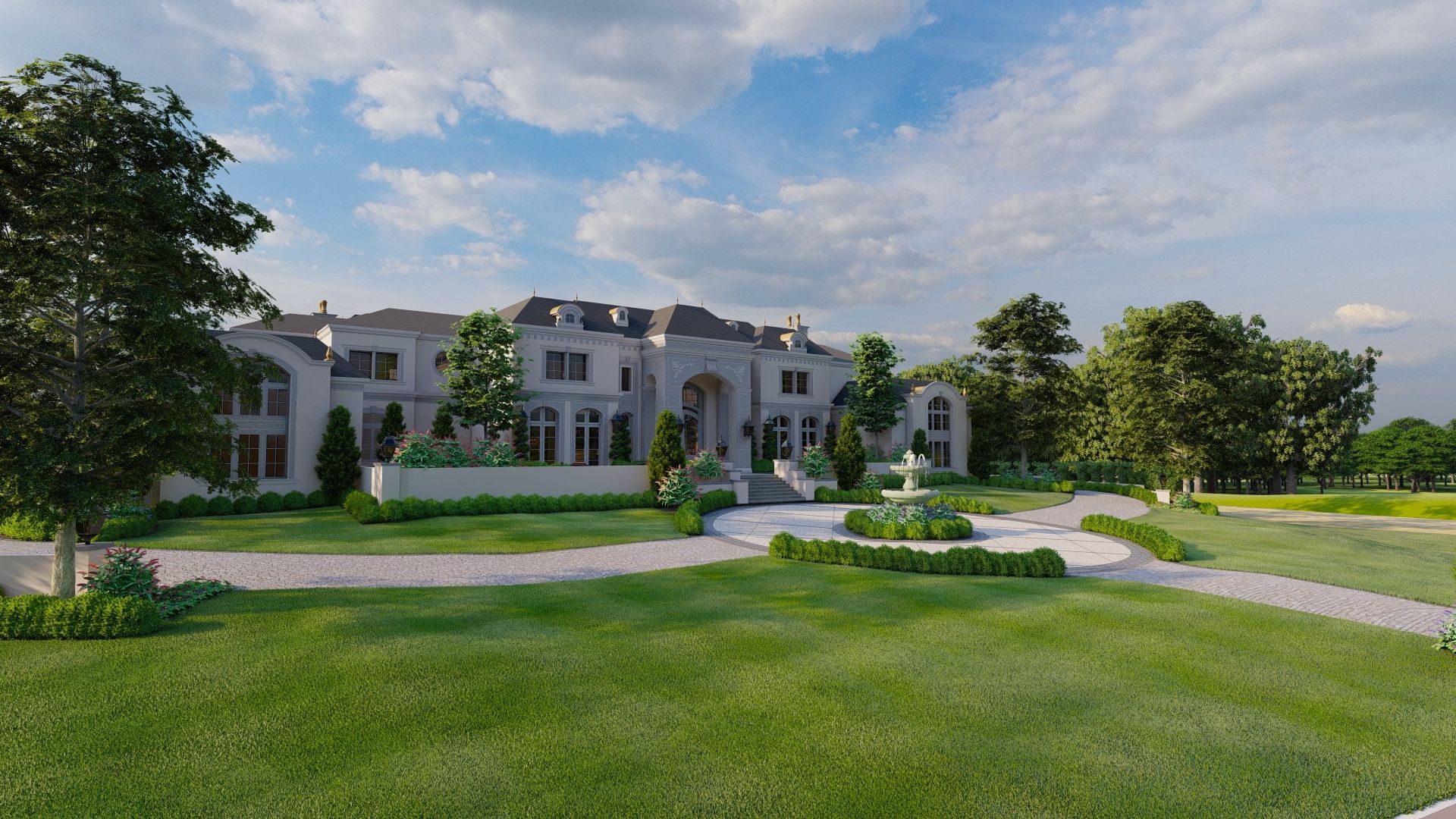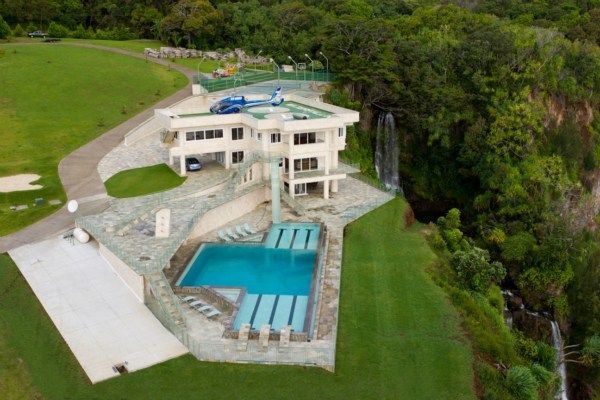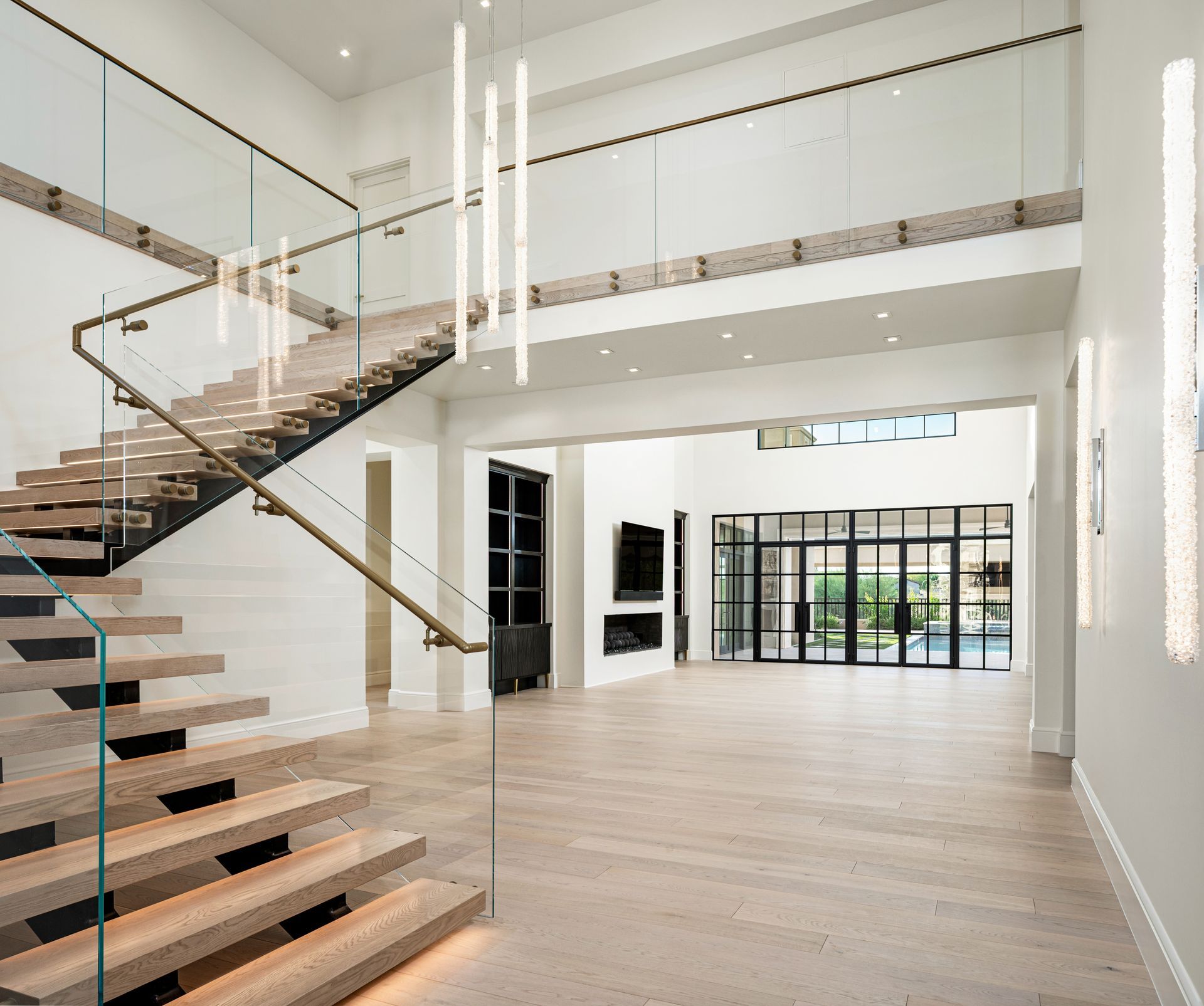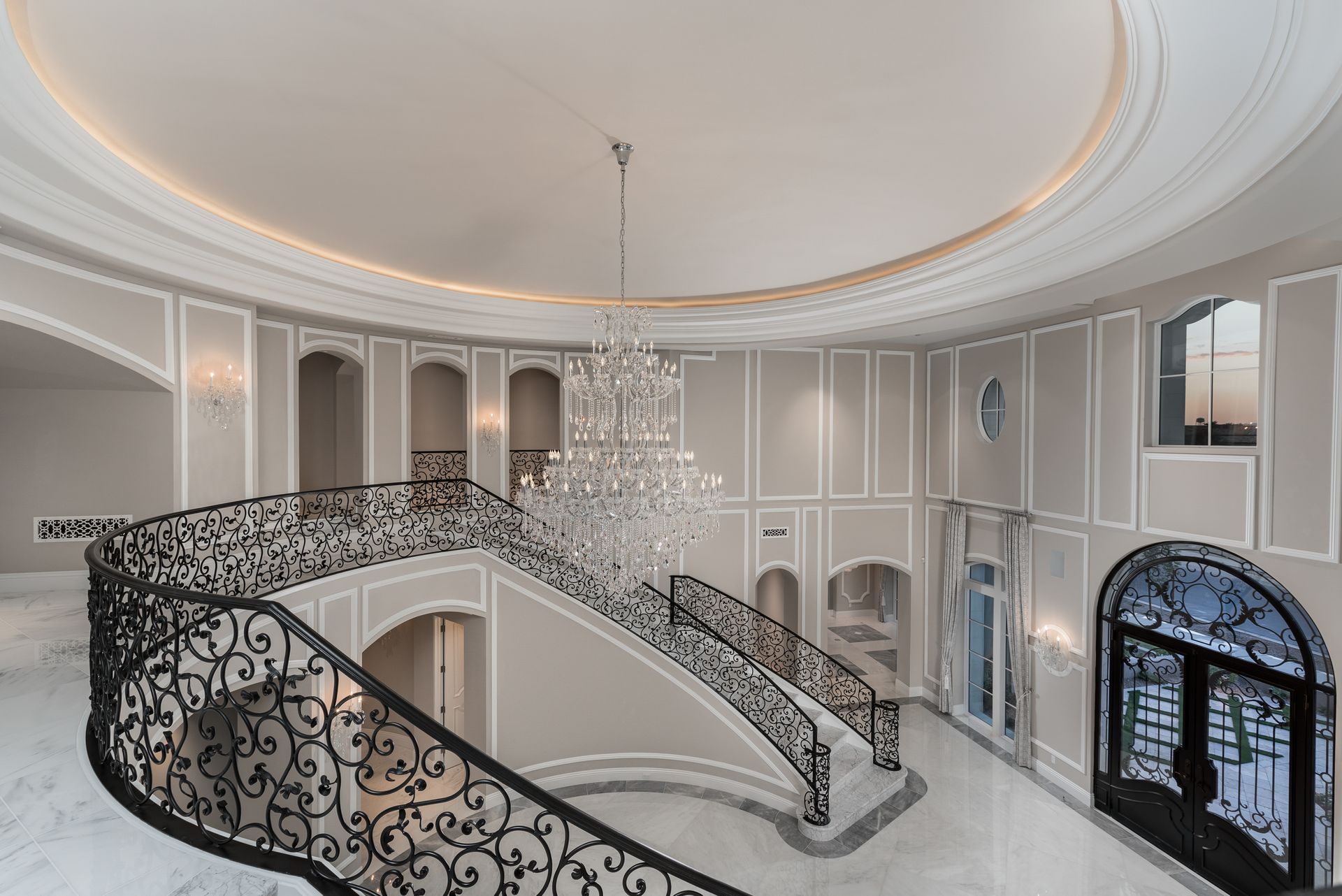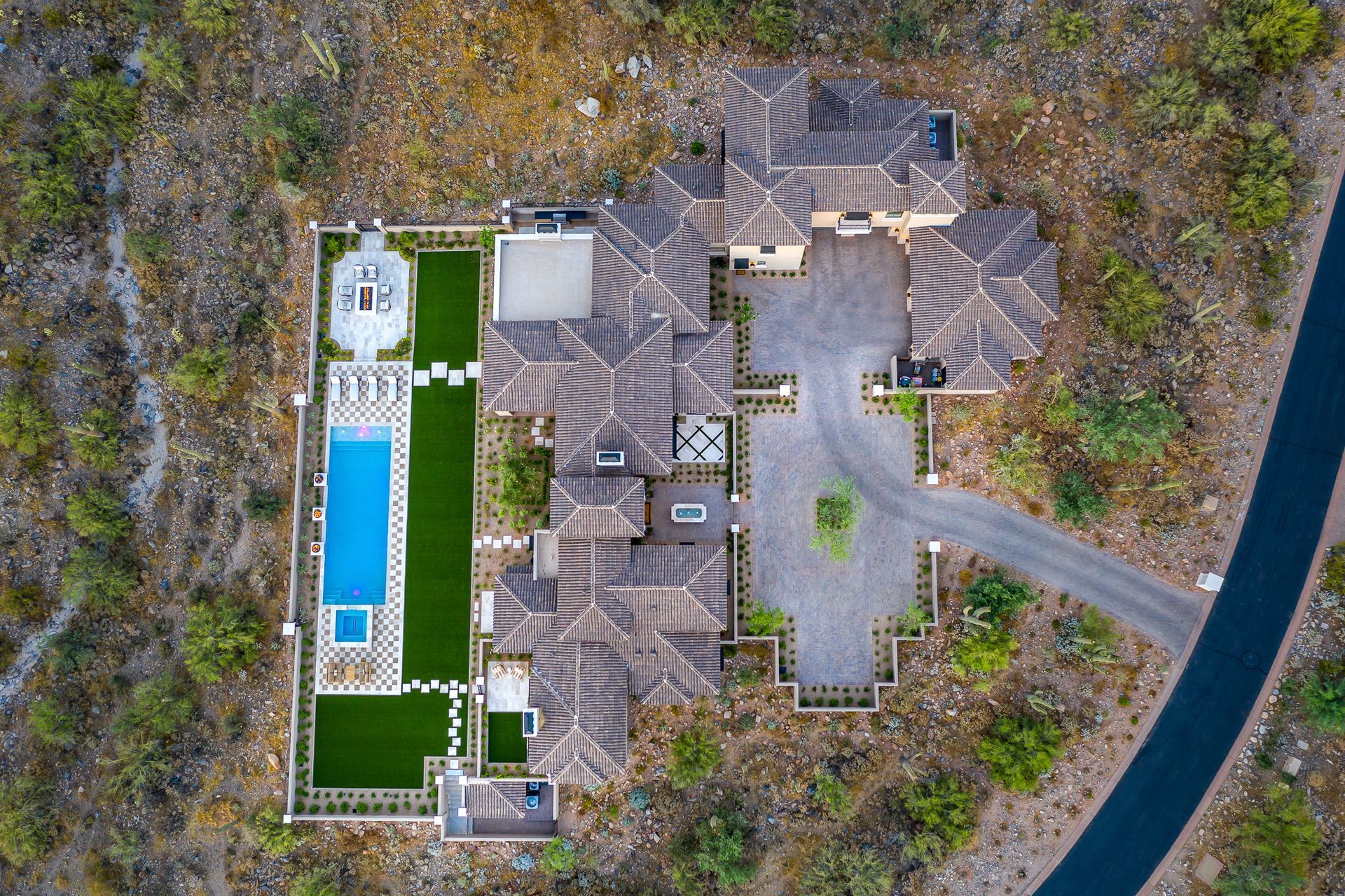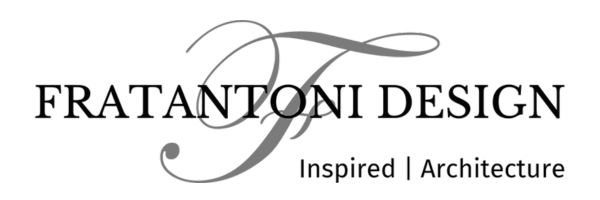How to Partner With Fratantoni Design
Fratantoni Luxury Design welcomes investors to participate in partnering with us.
There are many ways to put a deal together so everyone achieves what they are looking for in a joint venture. For some, it’s the fun of being involved with the creative process and for others, it will be about the returns. Let us sit down with you and talk about the many ways that we can work together as a team to make reasonable returns on our money and also have a great time with the process as we achieve our goal!
If you are thinking of designing a spec home and want to have us participate in it lets talk to see if there is something we can do together to make sure our arrangement is a Win-Win!
The post How to Partner With Fratantoni Design appeared first on Fratantoni Design.

